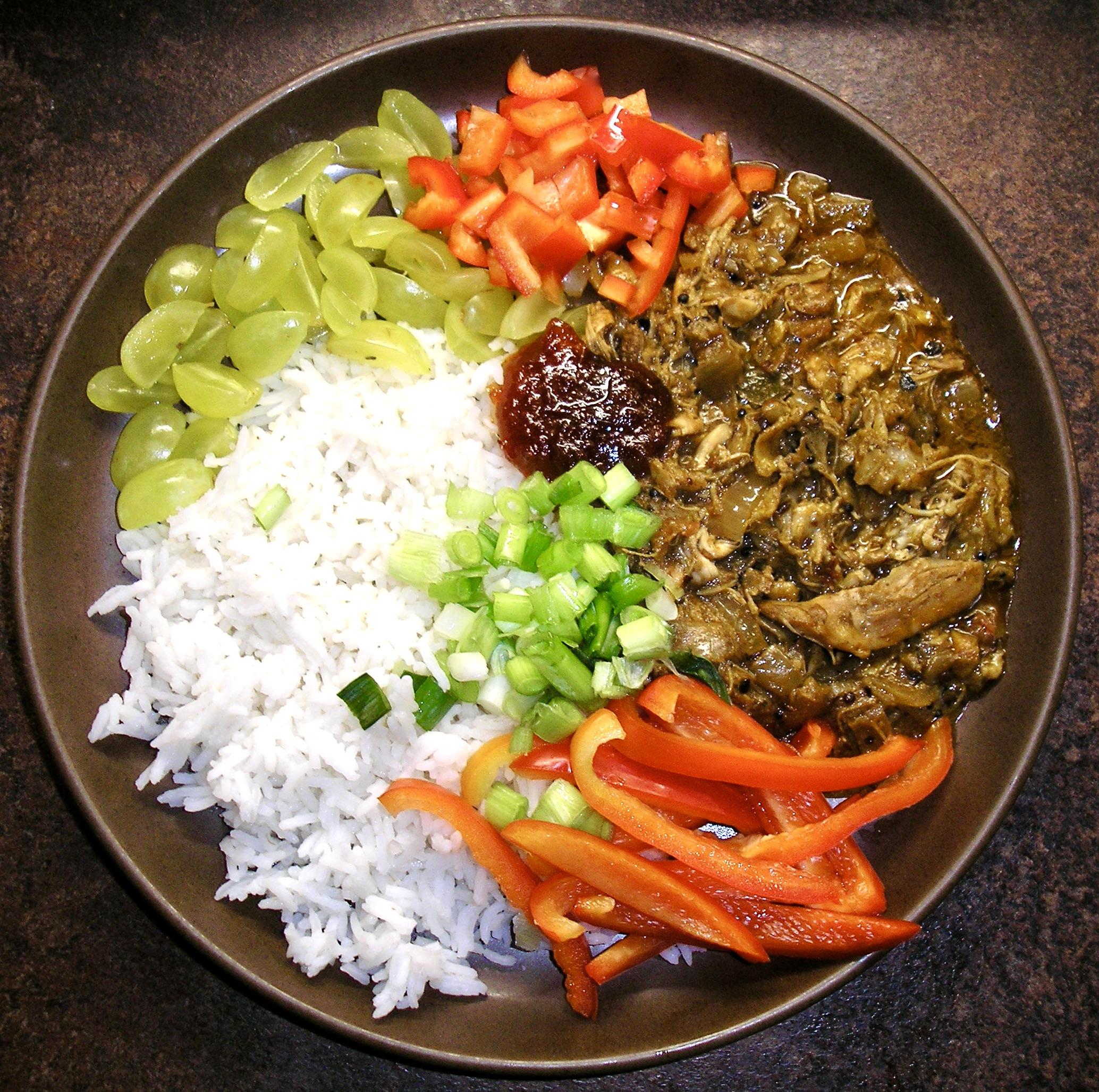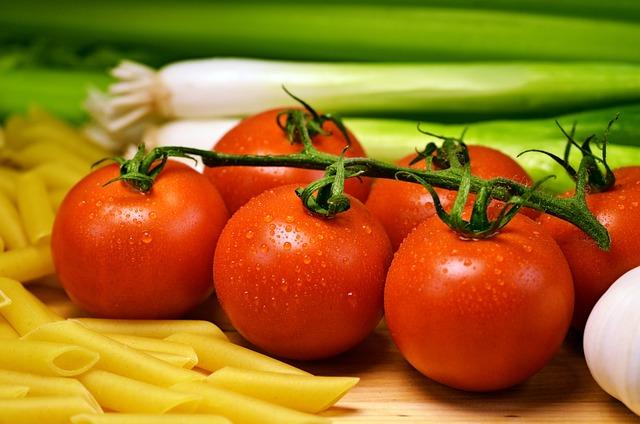In the ever-evolving landscape of culinary arts, where trends come and go like fleeting flavors on a discerning palate, one timeless technique has quietly held its ground: steaming. Often overshadowed by its more flamboyant culinary cousins, steaming is the understated hero in the quest for healthier cooking practices. Its gentle embrace preserves the essence of ingredients, capturing their nutritional value while enhancing their natural flavors. As modern society becomes increasingly conscious of health and well-being, steaming emerges not just as a method, but as a philosophy that champions simplicity, purity, and nourishment. This article delves into the pivotal role of steaming in the culinary world, exploring how this age-old technique continues to shape the way we approach healthy eating in today’s fast-paced world.
Unlocking Nutritional Potential through Steaming
Steaming is a cooking technique that harnesses the power of water vapor to gently cook food, preserving its essential nutrients, flavors, and textures. Unlike boiling, which can leach vitamins and minerals into the water, steaming keeps these vital nutrients locked within the food. This makes it an ideal method for preparing vegetables, fish, and even delicate grains. The gentle nature of steaming ensures that the vibrant colors and natural flavors of food are maintained, offering a more visually appealing and palatable dish.
- Preserves Nutrients: Retains vitamins like B and C that are often lost in other cooking methods.
- Enhances Flavor: Natural flavors are intensified, reducing the need for excessive seasoning.
- Low Fat Cooking: Requires little to no oil, making it an excellent choice for those seeking healthier meal options.

Preserving Flavor and Texture with Gentle Heat
One of the most celebrated techniques in healthy cooking, steaming, is renowned for its ability to maintain the delicate flavors and textures of various ingredients. Unlike other cooking methods that often require the addition of oils or fats, steaming uses the gentle power of vaporized water to cook food evenly. This process not only ensures that vegetables, fish, and even meats retain their natural taste, but it also locks in essential nutrients that might otherwise be lost. By minimizing nutrient degradation, steaming provides a vibrant palette of flavors and textures that are as close to nature as possible.
- Retention of Nutrients: Steaming helps in preserving vitamins and minerals, especially in vegetables, which are often diminished in other cooking methods.
- Enhanced Texture: Foods retain a firm yet tender texture, making every bite a delightful experience.
- Flavor Preservation: The gentle heat ensures that the intrinsic flavors of the ingredients are not overshadowed by added fats or oils.

Eco-Friendly and Efficient: The Environmental Benefits of Steaming
Steaming is not only a nutrient-preserving cooking technique but also a sustainable choice that aligns with eco-friendly practices. Unlike other methods that often require added oils or fats, steaming relies solely on water vapor, making it an inherently low-waste process. This minimizes the release of harmful emissions, contributing to a cleaner, healthier environment. Furthermore, steaming uses less energy compared to boiling or baking, as it typically requires shorter cooking times and lower temperatures.
Embracing steaming as part of your culinary routine offers several environmental advantages:
- Reduced Energy Consumption: Steaming often requires less electricity or gas, helping decrease your carbon footprint.
- Minimal Water Usage: The process uses a small amount of water, especially when compared to boiling.
- Less Waste Production: No need for oils or disposable cookware, which reduces packaging waste.
By integrating steaming into your cooking practices, you not only nurture your body but also take a significant step towards a more sustainable lifestyle.

Practical Tips for Mastering the Art of Steaming
Steaming is a gentle and efficient cooking method that preserves the natural flavors and nutrients of your ingredients. To truly excel in this technique, start by selecting the right equipment. A bamboo steamer is perfect for those who love the traditional approach, while an electric steamer offers convenience and precision. Ensure that your steamer has a tight-fitting lid to keep the steam from escaping, maintaining a consistent temperature.
- Cut ingredients uniformly: This ensures even cooking and prevents some pieces from becoming overdone while others remain undercooked.
- Layer strategically: Place ingredients that take longer to cook at the bottom, closer to the steam source, and those that cook quickly on top.
- Don’t overcrowd: Give each item enough space for the steam to circulate, which ensures thorough cooking.
Additionally, infusing your steam with aromatics like herbs, citrus peels, or ginger can elevate the flavor profile of your dish without adding calories or fat. Embrace these practical tips to master steaming and bring a new level of health and taste to your culinary repertoire.
